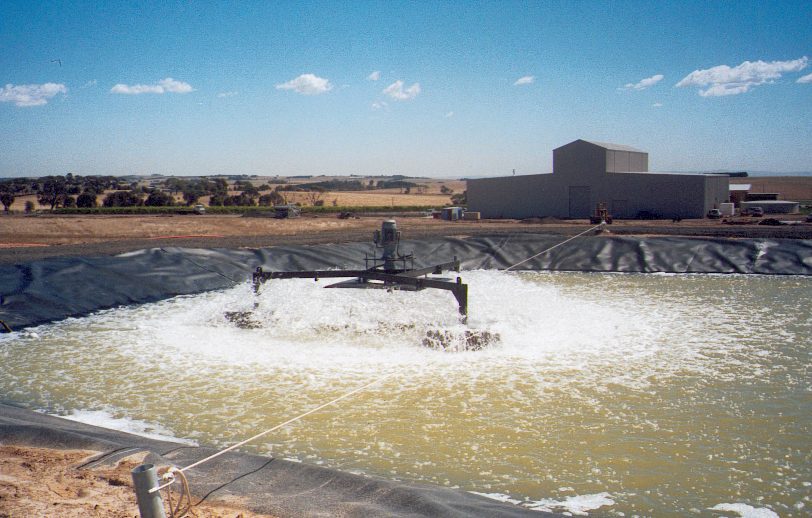Wastewater is a byproduct of using sinks, showers, baths and toilets. It’s water that has been contaminated with dirt, soap, chemicals and other substances. After wastewater enters the sewage system, it undergoes a sewage treatment process to make it clean and safe for reuse.
If you’re curious about the stages your wastewater goes through once you’ve used it, read on to understand more about how sewage is treated in Australia today.
The three stages of wastewater treatment
Depending on how contaminated wastewater is, three different stages may be required for the sewage treatment process. This three-stage process can be used to clean wastewater from a range of sources including domestic and commercial wastewater, such as winery wastewater.
Stage 1: Primary wastewater treatment
The primary treatment filters solid waste from the wastewater. This occurs in sedimentation tanks, where solid particles in the water naturally sink to the bottom to form a sludge. This sludge can then be removed from the water using mechanical scrapers – this sludge can then be turned into fertiliser via a process called anaerobic digestion.
Stage 2: Secondary wastewater treatment
During the secondary treatment, aerators trigger natural biological processes to remove smaller particles from the wastewater. Essentially, naturally occurring microbes are encouraged to grow in the tank by surface aerators, and these microbes feed off the organic matter that remains in the water, further cleaning the wastewater of contaminants that are invisible to the naked eye.
Stage 3: Tertiary wastewater treatment
While some water ends its treatment after the secondary phase, water that’s going to be recycled or sent to the sewer network undergoes tertiary treatment, which removes phosphates and nitrates from the water.
In specific industries, further processes might be necessary to treat wastewater. For example, in mining and industrial settings, oil-water separators are used to separate oil from water and skim oil off the top of the water before the water is treated.
Where does treated wastewater go?
Most treated wastewater returns to the ocean via a pipe. In the ocean, the water continues to be treated naturally. Sunlight, oxygen, and ocean currents continue the process of cleaning and purifying water particles while local water authorities across Australia monitor and test seawater around the coast to ensure it meets the required safety levels.
Wastewater may also be recycled. Some treated wastewater, after undergoing all three stages of the treatment process, can be reused for:
• Irrigation of sports grounds and public spaces
• Irrigation of non-food crops including plants and trees
• Replenishment of groundwater supplies
As well as recycling wastewater and sludge, the methane gas that’s released as a result of the anaerobic digestion process can also be recycled as fuel for heating.
Get in touch
By Jas specialises in sewage and wastewater treatment. We are wastewater equipment manufacturers supplying wastewater treatment solutions to clients across Australia. Visit us at www.byjas.com or contact us on (03) 5979 1096.
We have been in the industry for 35 years and we are a family-owned business. We service customers across Australia, regional town centres, remote regional areas, and major capital cities.
SHARE:
What you can read next

Waste water treatment for Wineries
Wineries across Australia are producing record ...

Specialising in the Winery Industry
We cater to the winery industry in order to red...

Irrigation efficiency for Wineries
As we know wineries produce wastewater from the...

What is Involved in the Process of Winery Wastewater Treatment?
Winery wastewater is generated from the winery’s...

Want to remove waste water efficiently
Are you looking for a cheaper and more environmen...

Why Choosing a Wastewater Equipment Manufacturer Provides a Better Option?
Why Choosing a Wastewater Equipment Manufact...

Why Are Bacteria Used in Sewage Treatment?
Wastewater treatment is society’s way of giving...




